The introduction of the National University of Music of Bucharest is as follows:
Introduction and Overview
School size: The number of students is between 1000-1999.
Majors: The majors offered are bassoon, cello, chamber music, clarinet, double bass, flute, guitar, harp, music education, musicology, oboe, opera and musical, piano, saxophone, trombone, trumpet, tuba, viola, violin, sound performance research, etc., which can award bachelor's degrees, master's degrees and doctoral degrees.
History and establishment time
The school was established in June 1863 by decree of Prince Alexandru Ioan Cuza. It was originally a music and recitation school. On July 17, 1931, it was changed to the Royal Academy of Music and Dramatic Art. In 2001, the Romanian government granted it the status of a national university.
School Strength
Teaching Staff: It has a group of well-known teachers, such as Ionel Gherea, Magda Ianculescu, etc. They have outstanding achievements and rich experience in music education, performance, creation and research, and provide students with high-quality teaching and guidance.
Academic Achievements: It has achieved fruitful results in music creation, performance, research, etc., and has held many concerts, music competitions and other activities. The works of students and teachers have a certain influence in the domestic and foreign music circles. It is an important inheritance and innovation base for Romanian music culture.
International Exchange: It actively carries out international exchanges and cooperation, and has established connections with music schools and institutions around the world, providing students with broad international exchange and learning opportunities, and promoting music exchanges and integration under different cultural backgrounds.
Institutional Nature
It is a public non-profit university.
Educational Philosophy
Its mission is defined by four functions: preservation, guidance, filtering and training. Preservation means providing constantly updated core values and good practices; guidance is to encourage personal choices and visions; filtering is to clarify broad and distorted information and give direction, while encouraging critical and reflective thinking; training is to shape taste on the basis of the traditional spirit of music and the freedom of innovation.
Key laboratories and disciplines
Key disciplines: Composition, musicology, music education, performing arts and other disciplines are the school's advantageous disciplines, leading in Romania and well-known internationally.
Key laboratories: No public information has been found on the school's specific key laboratories, but the school has various professional music rehearsal halls, recording studios, music libraries, etc., providing students with good conditions for practice and learning.
Faculty
There are departments of composition, musicology and music education and performing arts.
Ranking
In the QS World University Rankings by Subject, it is in the 101-115 range, ranked 8449 in the world, 48th in Romania, and 18th in Bucharest.
Expenses
The annual tuition fee for Romanian citizens for undergraduate and master's degrees is US$216, and the annual tuition fee for international students for undergraduate and master's degrees is as low as US$5,000. The specific fees are subject to the school's official website.
Campus Environment
The main campus is located in the first district of Bucharest, the capital of Romania. The campus has a unique architectural style and has modern teaching buildings, libraries, music rehearsal halls, recording studios and other teaching and practice facilities. It is also equipped with student dormitories, canteens and other living facilities, providing students with good learning and living conditions. There are abundant cultural facilities around the school, such as museums, theaters and cinemas, which provide students with many learning and entertainment options.
-

Grigore T. Popa University of Medicine and Pharmacy
-
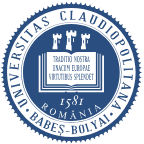
Babes-Bolyai University
-
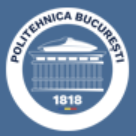
Politehnica University of Bucharest
-
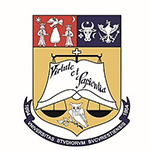
University of Bucharest
-
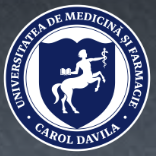
Carol Davila University of Medicine and Pharmacy
-
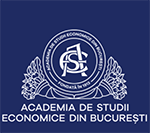
Bucharest Academy of Economic Studies
-

Technical University of Cluj-Napoca
-

1st December 1918 University of Alba Iulia
-

West University of Timisoara
-
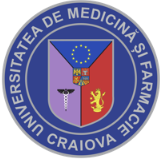
University of Medicine and Pharmacy of Craiova
-

Mesoamerican University
-

Istmo University
-

Mariano Galvez University of Guatemala
-

Regional University of Guatemala
-

Galileo University
-

Francisco Marroquín University
-

Rafael Landívar University
-

University of the Valley of Guatemala
-

University of San Carlos of Guatemala
-

Technological Institute of Tlaxcala Plateau
-

Golfo University
-

Technological University of South Sonora
-

Technological University of Huejotzingo
-

Tizimín Institute of Technology
-

Chilpancingo Institute of Technology

